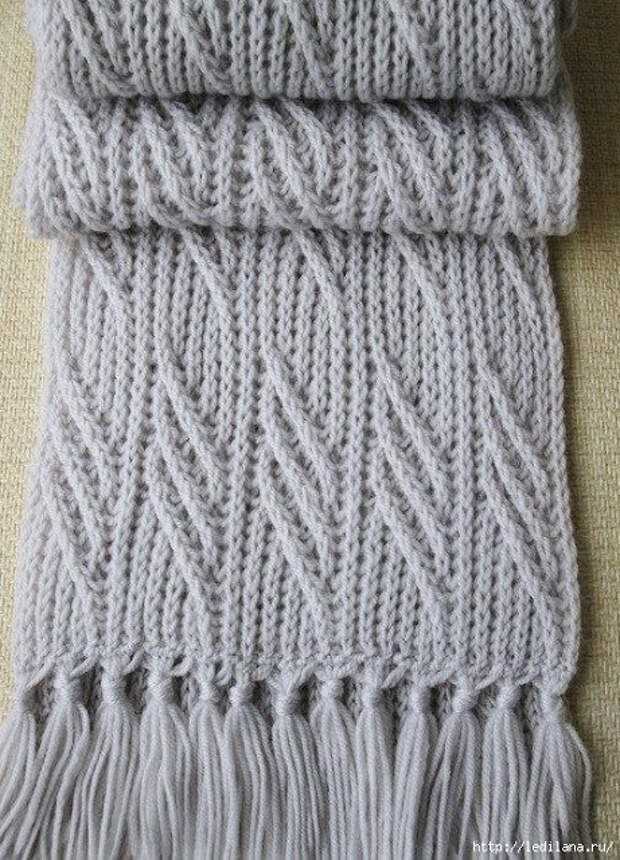
As the weather turns colder, there is nothing quite as cozy and chic as wrapping a chunky knitted scarf around your neck. One of the most popular styles of scarf is the eternity scarf. Also known as a loop scarf or cowl, it is a versatile accessory that can be stylishly draped over your shoulders or wrapped multiple times around your neck for added warmth.
If you are a knitting enthusiast looking for a new project, a knitted eternity scarf might be just what you need. Not only is it a quick and easy project for beginners, but it also allows for endless creativity with various stitch patterns and color combinations.
In this article, we will provide you with a simple yet beautiful knitted eternity scarf pattern that you can follow to create your very own trendy accessory. Whether you prefer a classic solid color or want to experiment with different yarns and textures, this pattern can easily be customized to suit your personal style.
What is a knitted eternity scarf?
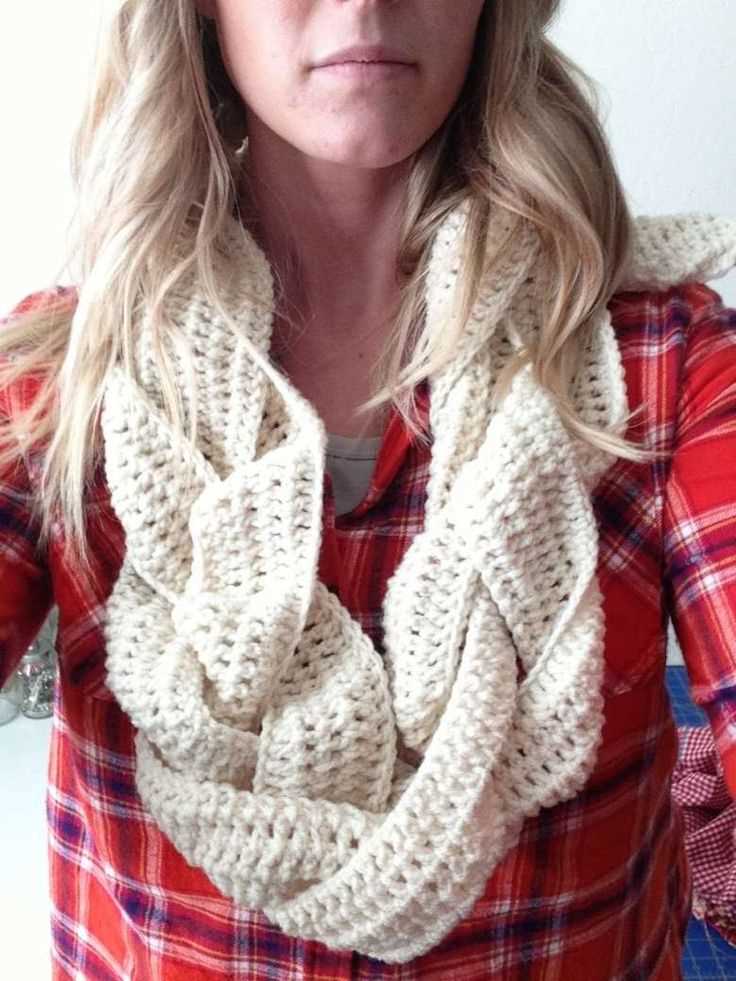
A knitted eternity scarf, also known as a infinity scarf, is a type of scarf that is made in a loop or circle shape, with no loose ends. It is a popular fashion accessory for both men and women, and is usually worn around the neck, either wrapped once or multiple times, to provide warmth and style.
This type of scarf is typically made by knitting in the round, using circular or double-pointed needles. It can be knit in various patterns and stitch designs, such as ribbing, cables, or lace, to create a unique and textured look. The length and width of the scarf can vary, depending on personal preference and the desired style.
The great thing about a knitted eternity scarf is its versatility. It can be worn in different ways to suit different outfits and occasions. It can be worn loosely as a casual accessory with jeans and a sweater, or wrapped multiple times for extra warmth and style. It can also be worn as a headscarf or even as a stylish belt, adding a touch of coziness and fashion to any outfit.
Knitting an eternity scarf is a fun and rewarding project for knitters of all skill levels. It allows for creativity and experimentation with different yarns, colors, and stitch patterns. Whether you prefer a chunky, oversized scarf for winter or a lightweight and delicate scarf for spring, a knitted eternity scarf is a timeless and fashionable accessory that can be enjoyed all year round.
How to choose the right yarn for your eternity scarf
When it comes to knitting an eternity scarf, choosing the right yarn is essential to achieve the desired look and feel of the finished product. The type of yarn you select will greatly influence the drape, texture, and warmth of the scarf. Here are some factors to consider when choosing yarn for your project:
Fiber content:
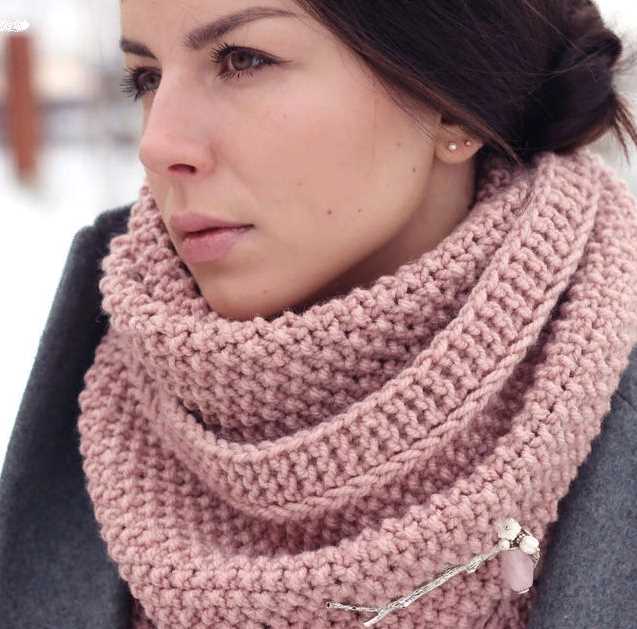
The first thing to consider is the fiber content of the yarn. Common options include wool, acrylic, cotton, alpaca, and silk. Each fiber has its own unique characteristics that will impact the scarf’s appearance and performance. Wool is known for its warmth and elasticity, acrylic is affordable and easy to care for, cotton is lightweight and breathable, alpaca is incredibly soft and warm, and silk adds a luxurious shine to the scarf. Consider the desired qualities you want in your eternity scarf and choose a yarn with the appropriate fiber content.
Weight:
The weight of the yarn will determine the thickness and heaviness of the scarf. Eternity scarves are typically knit using medium to bulky weight yarns to create a cozy and substantial accessory. However, you can also experiment with lighter weight yarns for a more delicate and lightweight scarf. Keep in mind that the weight of the yarn will also affect the amount of yardage needed for your project, so be sure to check the yardage requirements of the pattern you are following.
Texture and color:
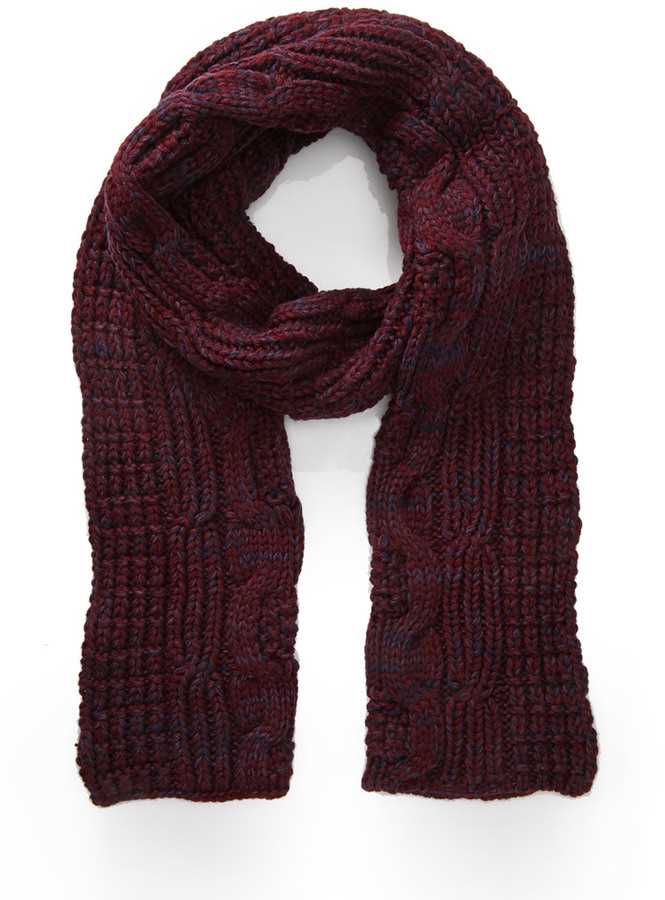
Consider the texture and color of the yarn to ensure it complements the design of your eternity scarf. You can choose yarns with smooth textures for a sleek and polished look, or opt for yarns with a more textured or fluffy appearance for added interest and dimension. As for color, neutral tones are versatile and timeless, while bold and vibrant colors can make a statement. Feel free to mix and match different yarns or use variegated yarns to create unique patterns and effects in your scarf.
Overall, selecting the right yarn for your eternity scarf is an opportunity to personalize your creation and achieve the desired style and functionality. Take your time to explore different fiber contents, weights, textures, and colors to find the perfect yarn that will bring your knitting project to life.
Essential knitting tools for making an eternity scarf
When it comes to creating an eternity scarf, having the right knitting tools is essential to ensure a smooth and enjoyable knitting experience. Here are some must-have tools that every knitter should have:
- Knitting Needles: The first and foremost tool you will need is a pair of knitting needles. Depending on the thickness and type of yarn you are using, you may need different sizes of needles. It’s always a good idea to have a variety of needle sizes on hand to accommodate different projects.
- Yarn: Another essential tool is yarn. Choose a yarn that is suitable for making an eternity scarf and consider the desired texture and color. There are various types of yarn available, such as wool, acrylic, and cotton, each with its own characteristics. Select a yarn that fits your preference and the intended use of the scarf.
- Tape Measure: To ensure that your scarf has the desired length, a tape measure is indispensable. This tool will help you keep track of the length as you progress with your knitting. It’s important to measure periodically to avoid ending up with a scarf that is too short or too long.
- Stitch Markers: Stitch markers can be incredibly helpful, especially when working with more complex patterns. They can help you keep track of specific stitches or pattern repeats, making it easier to follow the instructions and ensure accuracy in your knitting.
- Scissors: A good pair of scissors is vital for any knitting project. You’ll need them to cut the yarn when starting a new ball or when finishing off your work. Make sure to keep them nearby for easy access.
With these essential knitting tools in your arsenal, you’ll be well-equipped to create a beautiful eternity scarf. Remember to always choose high-quality tools and materials for the best results in your knitting projects.
Basic knitting stitches for your eternity scarf project
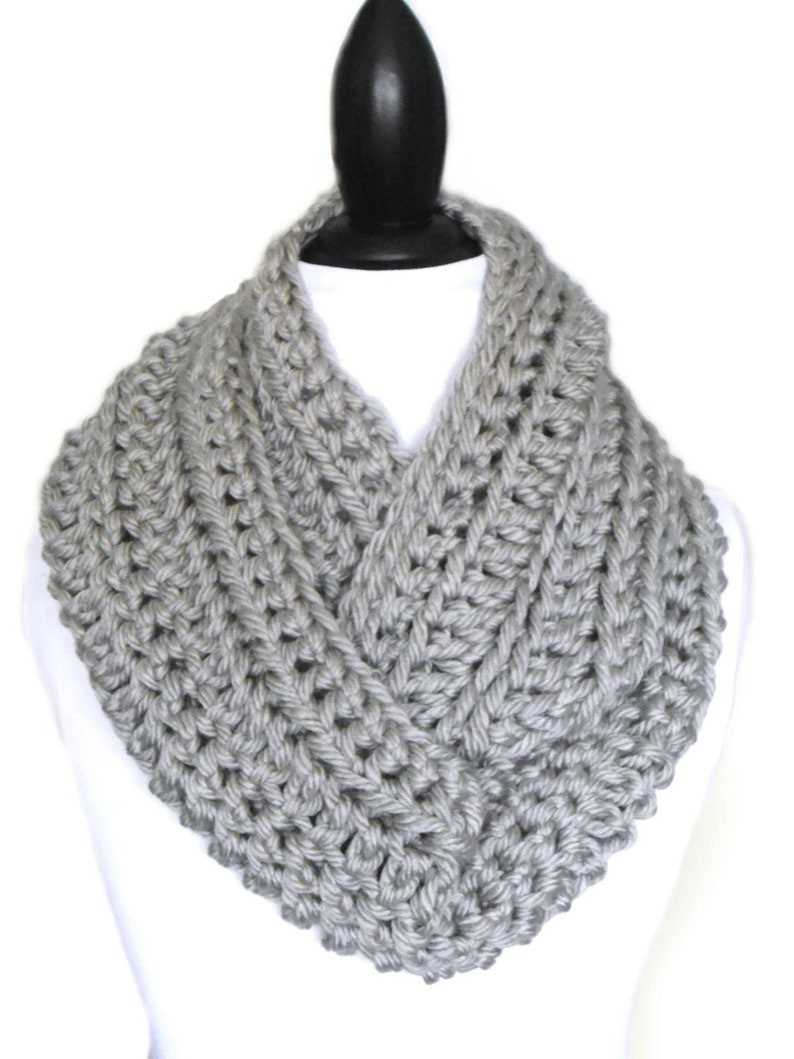
When embarking on a knitting project, it is essential to have a good understanding of the basic stitches. This will ensure that your eternity scarf turns out beautifully and is a joy to wear. Here are a few basic knitting stitches that you should know:
1. Knit Stitch:
The knit stitch is one of the most fundamental stitches in knitting. It creates a smooth, classic V-shaped pattern on your fabric. To knit, insert the right-hand needle from left to right into the first stitch on the left-hand needle. Wrap the yarn around the right-hand needle counterclockwise, and then pull it through to form a new stitch. Slide the original stitch off the left-hand needle. Repeat this process until you have completed a row.
2. Purl Stitch:
The purl stitch is the reverse of the knit stitch and creates a bumpy texture on your fabric. To purl, insert the right-hand needle from right to left into the first stitch on the left-hand needle. Wrap the yarn counterclockwise around the right-hand needle, and then pull it through to form a new stitch. Slide the original stitch off the left-hand needle. Repeat this process until you have completed a row.
3. Stockinette Stitch:
The stockinette stitch is created by alternating rows of knit and purl stitches. When working in the round, it is achieved by knitting every stitch in one round and purling every stitch in the next round. This stitch creates a smooth, flat fabric with the knit side showing on the right side and the purl side on the wrong side.
4. Rib Stitch:
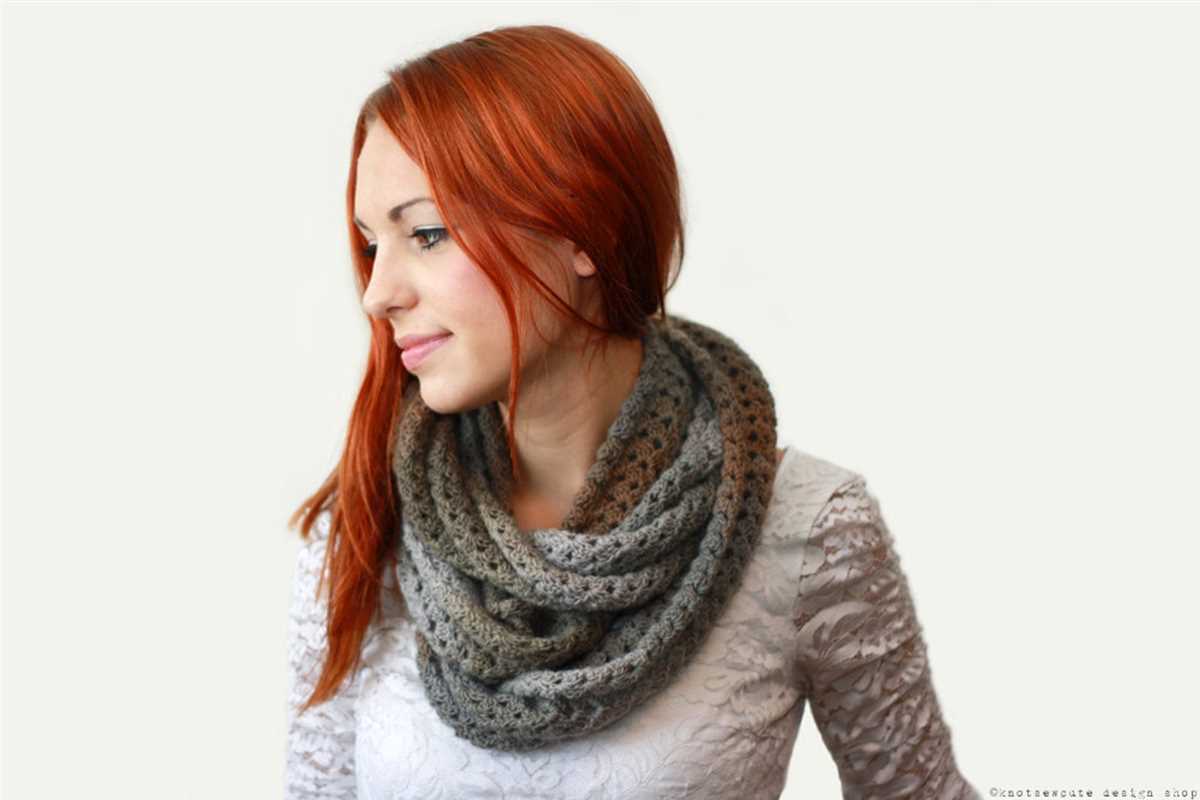
The rib stitch is commonly used for cuffs, edges, and borders as it creates a stretchy and textured fabric. It is achieved by alternating knit and purl stitches in a specific pattern. For example, a 2×2 rib stitch alternates two knit stitches and two purl stitches.
5. Garter Stitch:
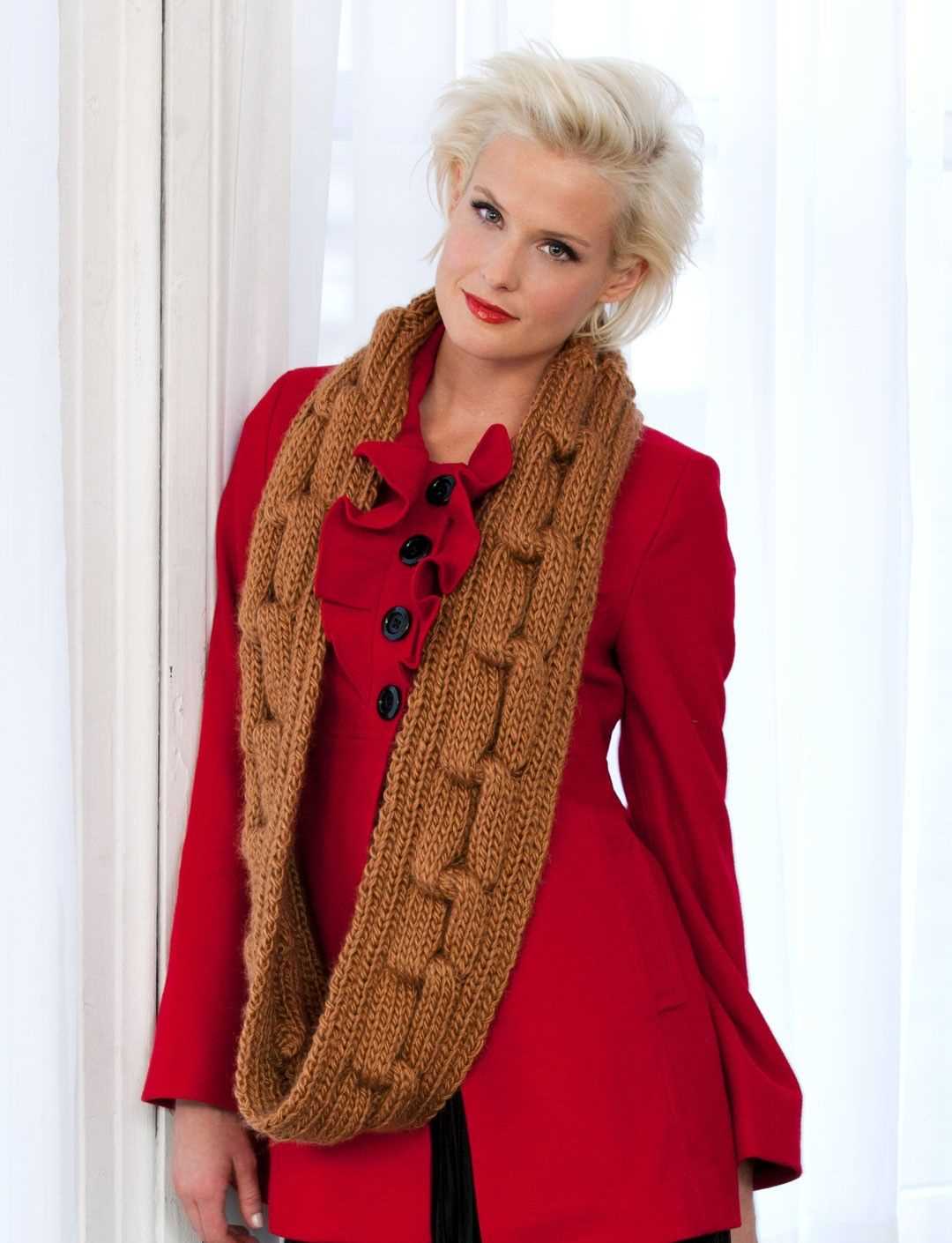
The garter stitch is produced by knitting every row, creating ridges or bumps across the fabric. It is a reversible stitch and is often used for scarves or blankets. To achieve the garter stitch, knit every stitch in every row.
With these basic knitting stitches in your repertoire, you are well-equipped to start your eternity scarf project. Experiment with different stitch patterns and yarn colors to create a unique and stylish accessory to keep you warm through the colder months.
Simple Knitting Patterns for Beginners
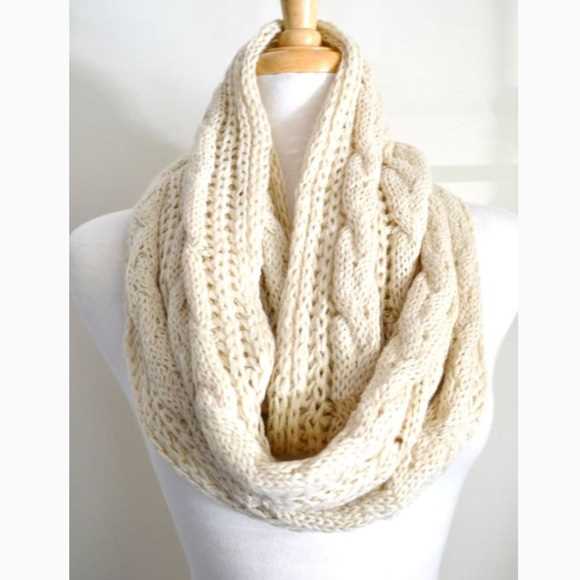
Knitting is a timeless craft that allows you to create beautiful and functional items with just a pair of needles and some yarn. If you’re new to knitting, starting with simple and easy patterns is a great way to build your skills and confidence. These patterns are perfect for beginners and will help you learn the basic techniques while creating something practical and stylish.
Garter Stitch Scarf: The garter stitch is one of the simplest and most versatile stitch patterns in knitting. It creates a dense and textured fabric that is perfect for scarves. To make a garter stitch scarf, all you need to do is knit every row. This pattern is great for practicing your knitting tension and getting comfortable with the basic knit stitch.
Easy Hat Pattern:
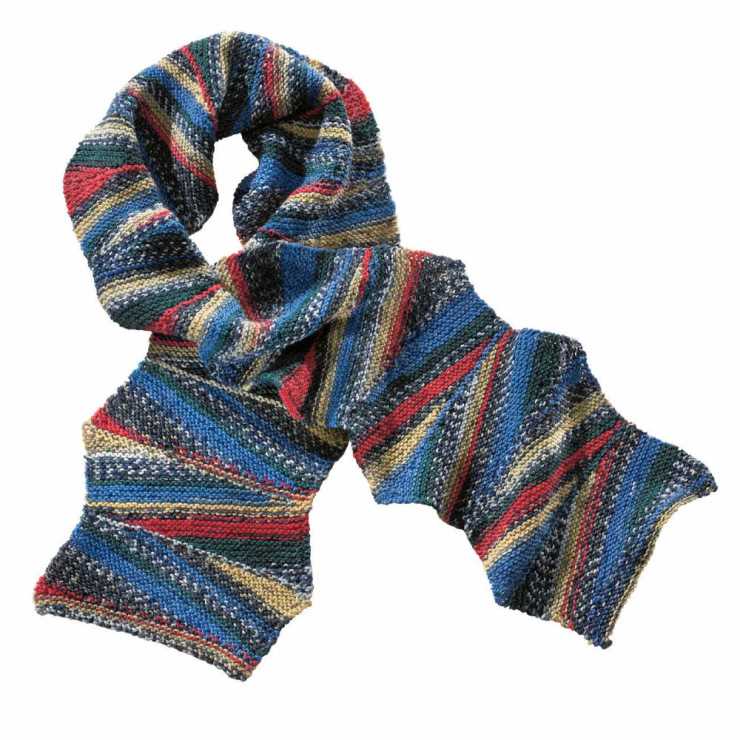
If you’re ready to take on a slightly more challenging project, try knitting an easy hat. This pattern will introduce you to knitting in the round and basic shaping techniques. To make this hat, you’ll need to know how to knit, purl, and decrease stitches. The result is a cozy and stylish hat that you can wear during the colder months.
- Basic Dishcloth: Dishcloths are a practical and quick project for beginners. They are small in size and allow you to practice different stitch patterns, such as the seed stitch or the basketweave stitch. They also make great gifts for friends and family.
- Baby Booties: Knitting baby booties is a fun and rewarding project for beginners. They are small and don’t require much yarn, making them a great way to use up leftover bits of yarn. Plus, they make adorable gifts for baby showers or newborns.
- Simple Headband: A headband is a trendy and useful accessory that you can knit in no time. You can experiment with different stitch patterns, widths, and colors to create a unique accessory. They also make great last-minute gifts for birthdays or holidays.
Remember, practice makes perfect. Don’t get discouraged if your first few projects don’t turn out exactly as planned. Knitting is a skill that improves with time and practice. Start with these simple patterns, and soon you’ll be able to tackle more complex projects with ease!
Advanced Knitting Patterns for Experienced Knitters
Are you an experienced knitter looking for a challenge? If you’re tired of simple scarves and hats and want to take your knitting skills to the next level, then advanced knitting patterns are perfect for you. These patterns often incorporate complex stitches, intricate designs, and unique techniques that will put your skills to the test.
1. Lace Shawls: Lace shawls are a popular choice among advanced knitters. They feature delicate openwork patterns that require careful attention to detail and precision. Knitting a lace shawl can be a rewarding experience, as the finished product is a stunning and elegant accessory that will impress everyone.
2. Fair Isle Sweaters: Fair Isle knitting is a technique that involves using multiple colors in a single row to create intricate patterns. Knitting a Fair Isle sweater requires excellent tension control and the ability to manage multiple colors at once. The result is a beautiful and cozy sweater with a traditional and timeless look.
3. Cable Knit Blankets: Cable knitting creates a textured pattern that resembles interwoven cables. Knitting a cable knit blanket requires advanced cable techniques and the ability to read complex chart patterns. The end result is a luxurious and cozy blanket that will keep you warm during the colder months.
4. Sock Knitting: Knitting socks is a challenging but rewarding project for experienced knitters. It requires skills such as working with double-pointed needles, creating a heel flap, and shaping the toe. Knitting your own socks allows you to customize the fit and design, resulting in a comfortable and unique pair of socks.
5. Intarsia Knitting: Intarsia knitting is a technique that involves knitting blocks of color to create a picture or pattern. It requires the ability to manage multiple yarn colors and maintain even tension throughout the project. Knitting an intarsia design can be a fun and creative project for experienced knitters who want to experiment with color and design.
If you’re ready to take on a new knitting challenge, these advanced knitting patterns will test your skills and allow you to create beautiful and intricate projects. Whether you choose to knit a lace shawl, Fair Isle sweater, cable knit blanket, socks, or try your hand at intarsia knitting, you’ll be able to showcase your expertise and create stunning pieces that you can be proud of.
How to create different textures in your eternity scarf
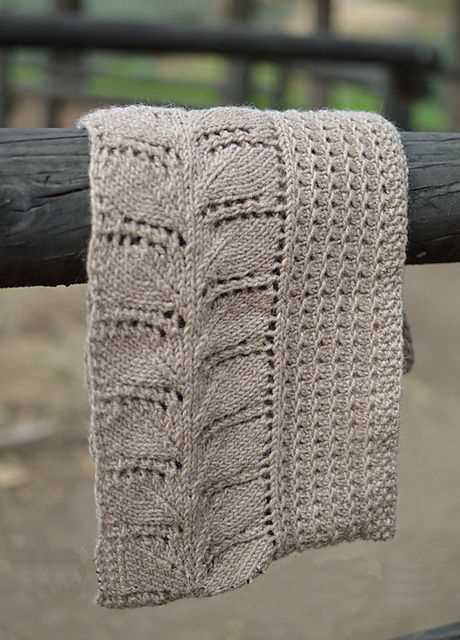
Creating different textures in your eternity scarf can make it more visually interesting and add dimension to your finished project. There are several techniques you can use to achieve different textures.
Ribbing
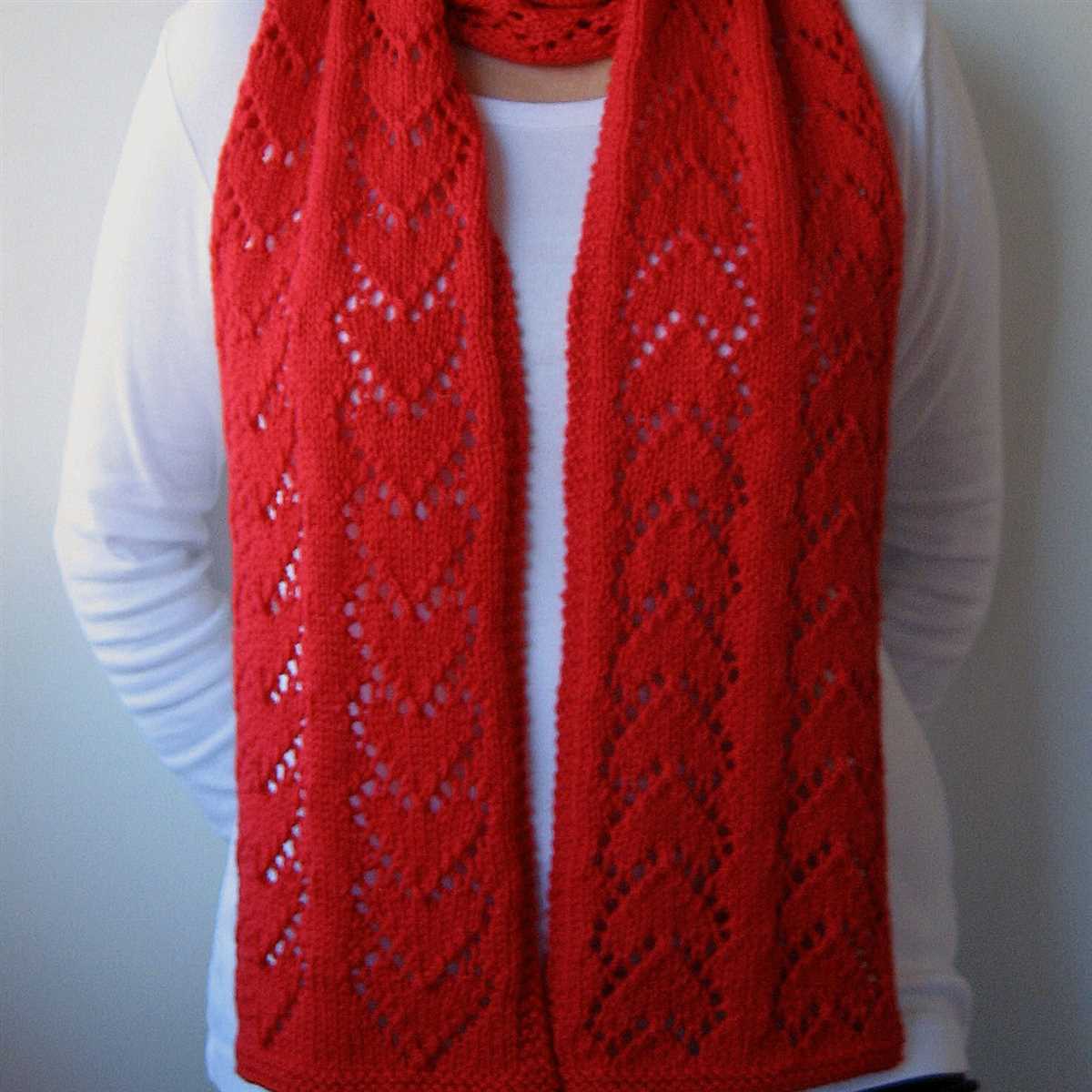
One way to create texture in your eternity scarf is by using ribbing. Ribbing creates a stretchy and slightly raised effect. It is made by alternating knit and purl stitches in a specific pattern. This technique is commonly used to create cuffs and hems on garments, but it can also be used throughout the entire scarf. You can experiment with different ribbing patterns, such as 1×1 ribbing (alternating knit and purl stitches), 2×2 ribbing (alternating groups of two knit and two purl stitches), or even more complex patterns.
Cables
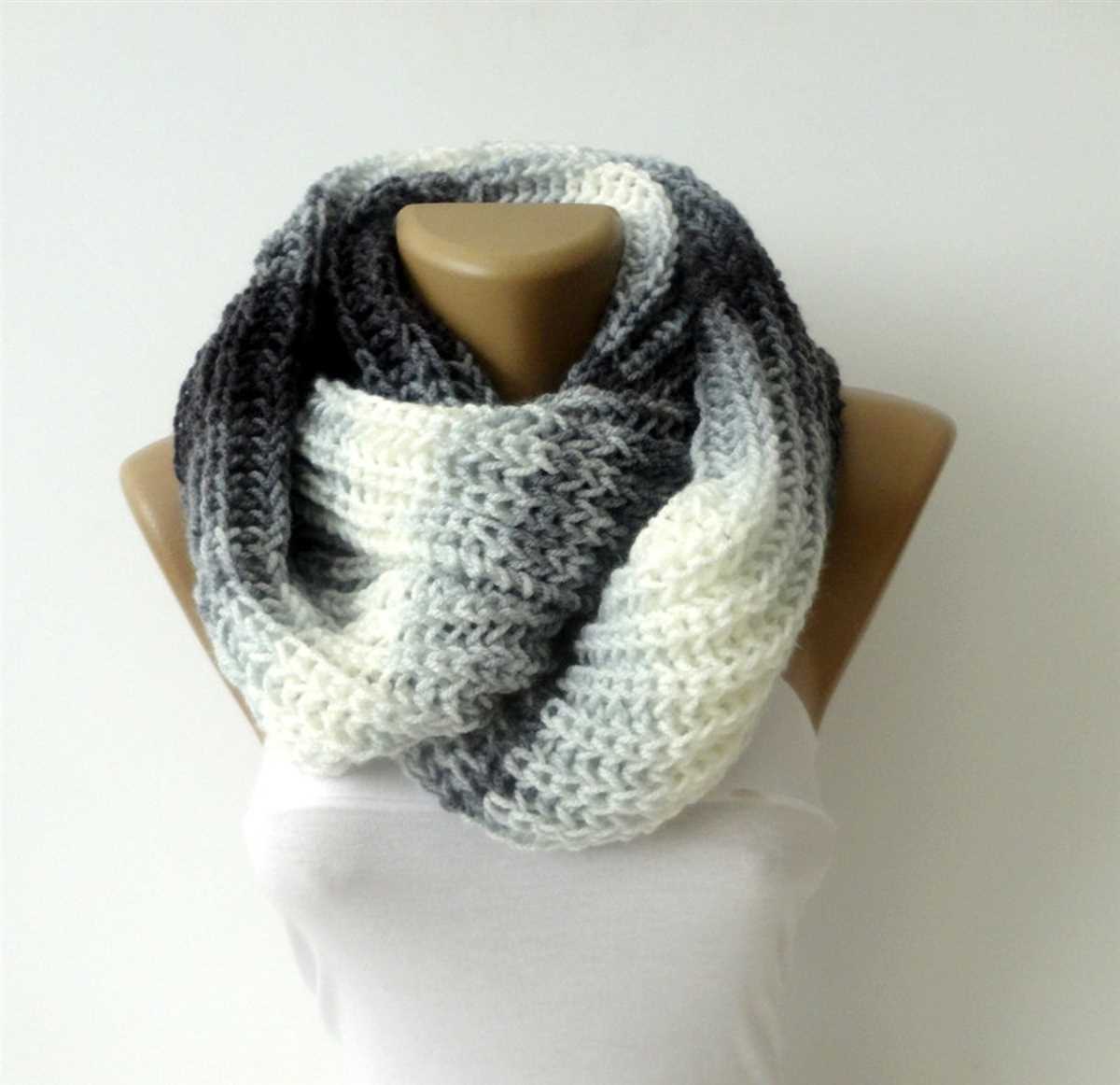
Another way to add texture to your eternity scarf is by incorporating cable patterns. Cables are created by crossing stitches over one another to form braided or twisted designs. They can create a beautiful raised effect and add interest to your scarf. There are many different cable patterns to choose from, ranging from simple to complex. You can experiment with different cable widths and directions to achieve the desired effect. Incorporating cables into your eternity scarf can make it look more intricate and sophisticated.
Lace
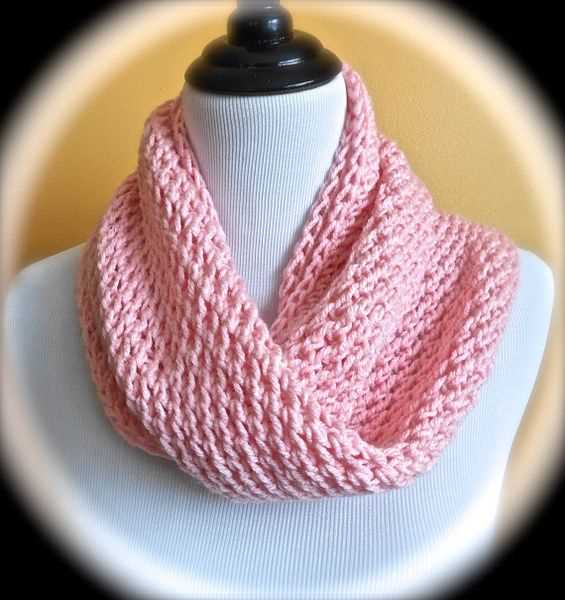
If you prefer a lighter and more delicate texture, consider incorporating lace patterns into your eternity scarf. Lace patterns are made by creating deliberate holes in your knitting through strategic yarn overs and decreases. This can create a beautiful airy and intricate look. There are countless lace patterns available, from simple eyelet designs to more complex motifs. Adding lace to your eternity scarf can give it a feminine and elegant touch.
Combining Different Textures
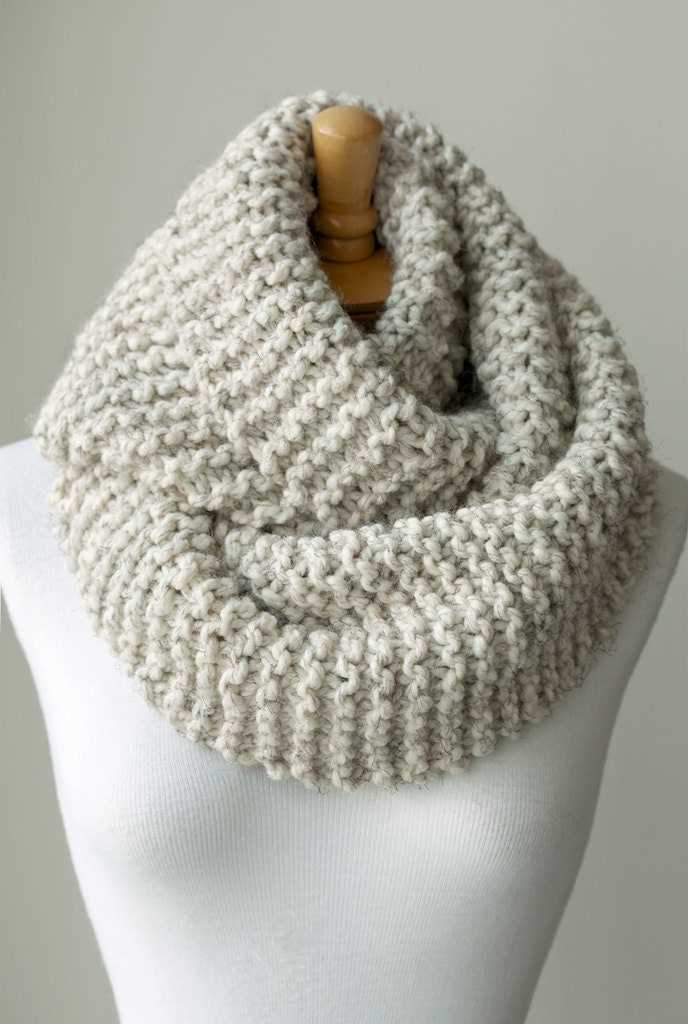
You can also create a unique and eye-catching eternity scarf by combining different textures. For example, you can alternate sections of ribbing and cable patterns, or mix lace and ribbing together. This can create a visually interesting contrast and make your scarf even more unique. Experimenting with different textures and combinations can lead to stunning results and make your eternity scarf truly one-of-a-kind.
Tips for adding embellishments to your eternity scarf
If you’re looking to add some extra flair to your knitted eternity scarf, adding embellishments can be a great way to achieve that unique look. Whether you’re a beginner or an experienced knitter, there are several options available to you. Here are some tips to help you get started:
1. Beadwork: Adding beads to your scarf can create a beautiful and eye-catching design. You can choose to add beads to the entire scarf or create a pattern with them. To incorporate beads, simply thread them onto the yarn before you begin knitting, and then knit them into your project as you go. This technique adds texture and dimension to your scarf.
2. Embroidery: Adding embroidery to your eternity scarf can be a fun and creative way to personalize it. You can use different colored yarn to create intricate designs or simply add accents to certain parts of the scarf. Embroidery adds a unique touch and allows you to showcase your creativity and individuality.
3. Fringe: Fringe is a classic embellishment that can add a boho or retro vibe to your scarf. To add fringe, simply cut yarn into equal lengths and attach them to the ends of your scarf. You can create short or long fringe, depending on your preference. Experiment with different colors or textures of yarn to create a customized look.
4. Buttons: Adding buttons to your eternity scarf is a simple yet effective way to make it stand out. You can sew buttons along the edges of your scarf or create a button closure to secure it in place. Choose buttons that complement the color and style of your scarf for a cohesive and polished look.
5. Lace or ribbon: Incorporating lace or ribbon into your scarf can add a delicate and feminine touch. You can knit lace patterns directly into your scarf or sew lace trim onto the edges. Ribbon can be woven through the stitches of your scarf to create a colorful and textured effect.
When adding embellishments to your eternity scarf, it’s important to consider the overall style and aesthetic you want to achieve. Take your time and experiment with different techniques and materials to find the perfect embellishments that will make your scarf truly unique.
Caring for your knitted eternity scarf
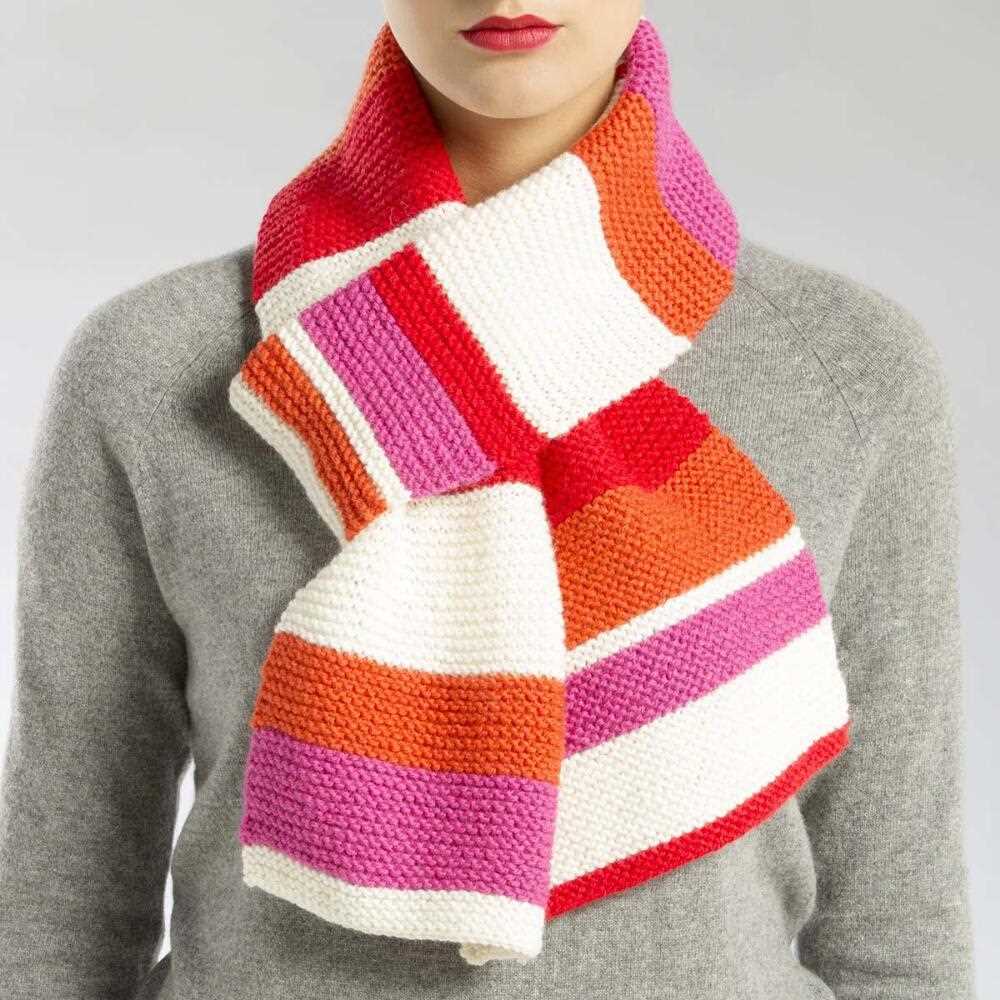
Taking proper care of your knitted eternity scarf will ensure its longevity and keep it looking great for years to come. Here are some tips for caring for and cleaning your scarf:
1. Handwash with care: Handwashing is the best method to clean your knitted eternity scarf. Fill a basin or sink with lukewarm water and add a gentle detergent specifically designed for delicate fabrics. Gently immerse the scarf in the water, lightly agitate it to loosen any dirt or debris, and let it soak for a few minutes. Rinse the scarf thoroughly under cool water until all the soap is gone. Avoid wringing or twisting the scarf, as this can stretch or damage the fibers.
2. Dry with care: After handwashing, gently squeeze out excess water from the scarf. Lay it flat on a clean towel and roll the towel to absorb more moisture. Then, carefully unroll the towel and reshape the scarf to its original dimensions. Lay it flat on a clean, dry towel or drying rack in a well-ventilated area away from direct sunlight or heat sources. Allow it to air dry naturally and do not hang it, as this can cause stretching. Avoid using a dryer, as the heat can shrink or damage the fibers.
3. Store properly: When not in use, store your knitted eternity scarf in a clean, dry place, such as a drawer or a shelf. Avoid hanging it, as this can cause stretching. Folding the scarf gently and placing it in a drawer or a storage box will help maintain its shape and prevent snagging or tangling with other items.
It’s important to note that different yarns and patterns may require specific care instructions, so always check the label or the yarn manufacturer’s recommendations before washing or caring for your scarf. With proper care, your knitted eternity scarf can be passed down as a cherished accessory for generations to come.